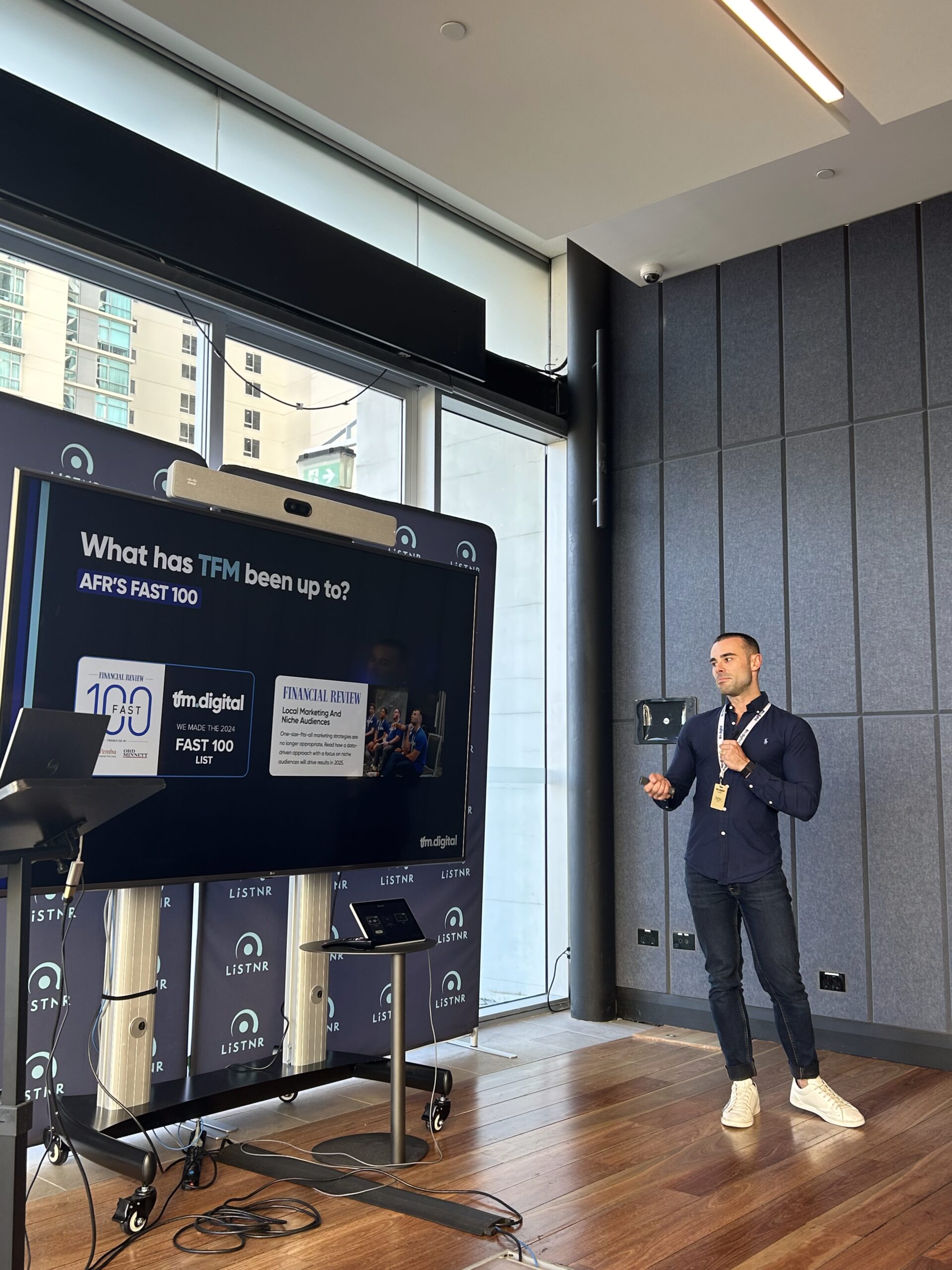Opinion Piece written by Zaine Wilson-Hoyle, TFM.Digital’s Head of Digital.
Understanding the key differences between Meta and programmatic ads is fundamental when strategising for digital media. At TFM.Digital, we consistently maintain a platform-agnostic approach, refraining from showing preference towards specific channels or media. Both programmatic and Meta ads serve as excellent platforms, each being suitable depending on an advertiser’s business KPIs, industry, and target audience. In this blog, I am going to explain the key differences between programmatic and Meta advertising, and which platforms you should utilise for maximum impact.

The Key Differences:
- Meta Ads: Meta ads are specific to the Facebook platform and its associated platforms, including Instagram. You’re primarily targeting users within these platforms.
- Programmatic Advertising: Programmatic advertising encompasses a broader network of websites, apps, and digital platforms beyond Facebook and Instagram. It includes various ad exchanges and networks.
As Head of Digital at TFM, this is how I determine which platforms to use based on the brands business goals are:
Programmatic:
Programmatic delivers a wider reach than paid social; When an advertiser’s main goal is to drive reach and awareness, programmatic is preferred due to the availability of high impact and wider reach with ad formats including, BVOD, CTV, Digital Audio, Youtube etc.
Creative fatigue is also lessened in programmatic environments due to the multiple ad formats you can use to drive reach.
Audience targeting is much more granular with the ability to target first, third party audiences and contextual targeting.
Display is also a cost-efficient way to drive relevant audiences to an advertiser’s website for consideration and retargeting.
Overall when an advertiser’s KPI is primarily focused on unique reach, awareness and growing first-party data, programmatic is a more suitable fit.
Meta Ads
When a budget is limited and immediate leads need to be achieved, Meta Ads are often the solution. The Meta Pixel is placed down on most websites in the Western world and as a result, has module data of individuals with a propensity to enquire. The key is to ensure an Advertiser’s Meta Pixel is installed with conversion events tagged up so that you can optimise the outcome. The result of this allows for a pretty immediate result if generating leads or sales in the short term is the primary goal.
Overall if a budget is limited or if driving quick leads or purchases is the primary KPI, Meta ads is the more suitable approach.
However, the best case is utilising both advertising approaches!
The best-case scenario is when the budget and advertising KPIs allow for both Programmatic and Paid Social. If you want to influence consideration of an advertiser’s brand, the best approach is an omnichannel approach whereby programmatic video is used to drive unique reach (Awareness – BVOD, CTV, Audio, Youtube), banner & native ads are best to target propensity audiences to drive cost-efficient traffic to the website (Consideration – Display/Native), and social ads are best used to reengage previous site visitors who haven’t converted and also prospect to Lookalike audiences (Conversion – Meta Ads).
To summarise, both Meta and Programmatic have a role to play in the advertising funnel and consumer journey – there’s no one size fits all and the best way to determine the most suitable channels is to understand the Advertiser’s business KPIs, Budget, target audience and what success looks like.




